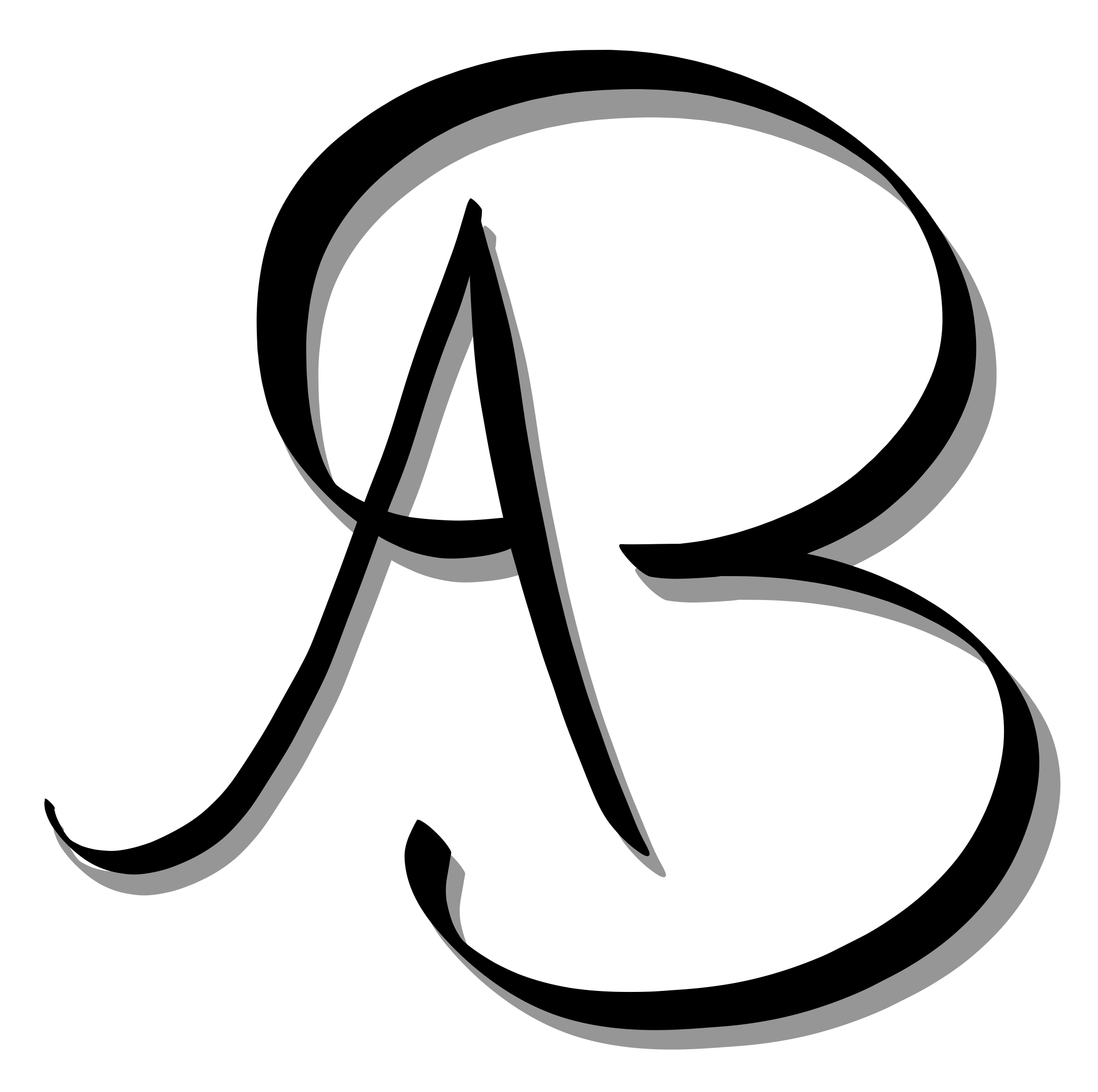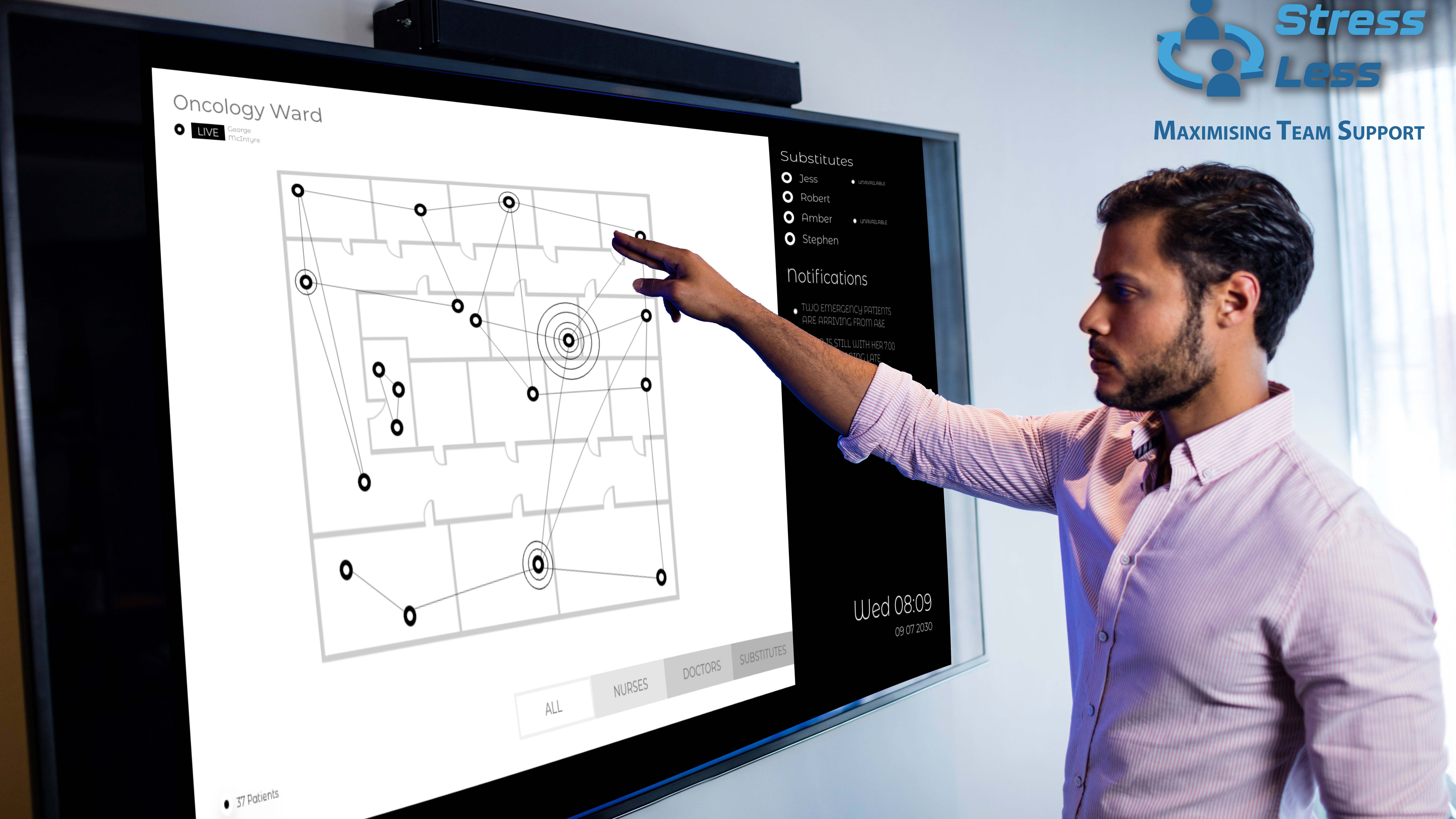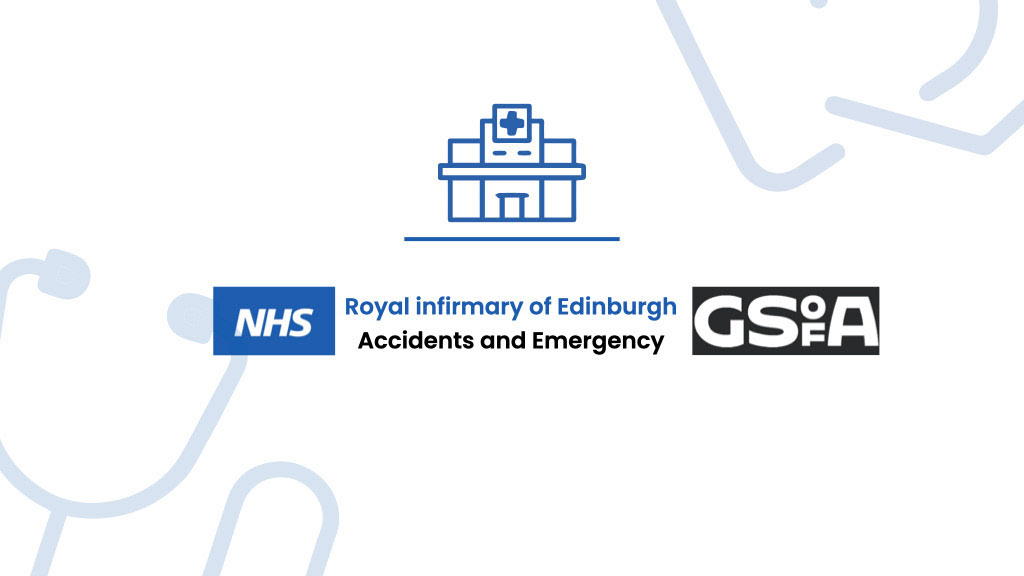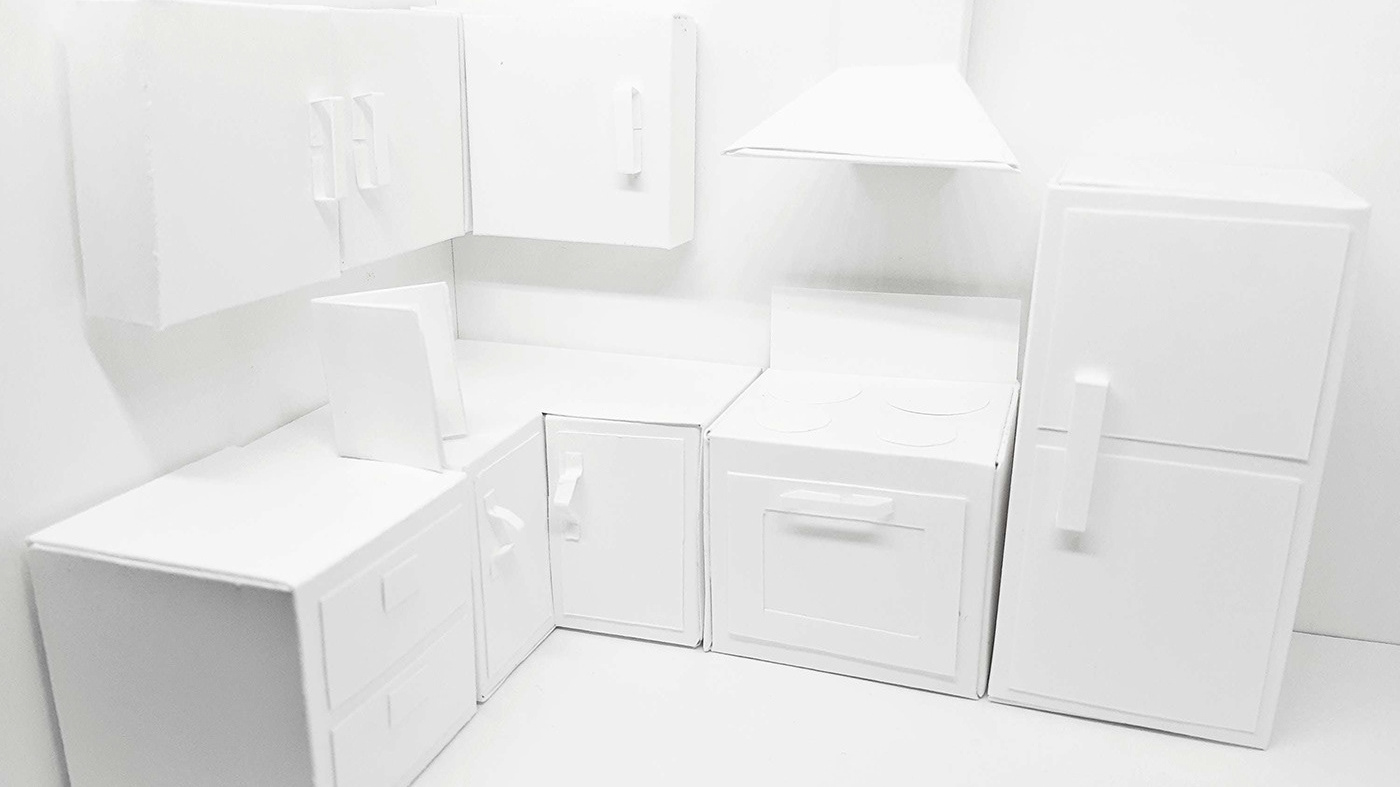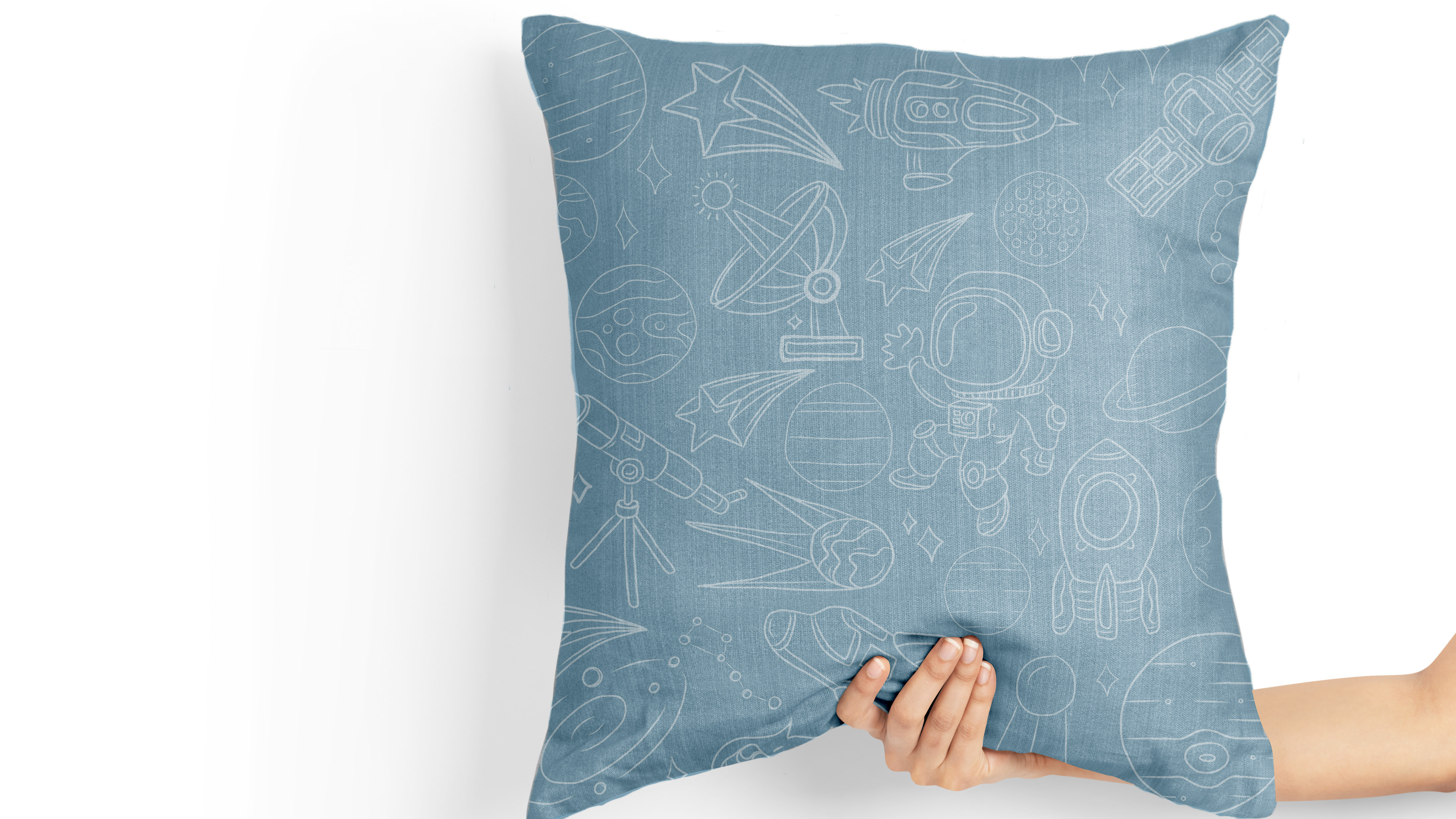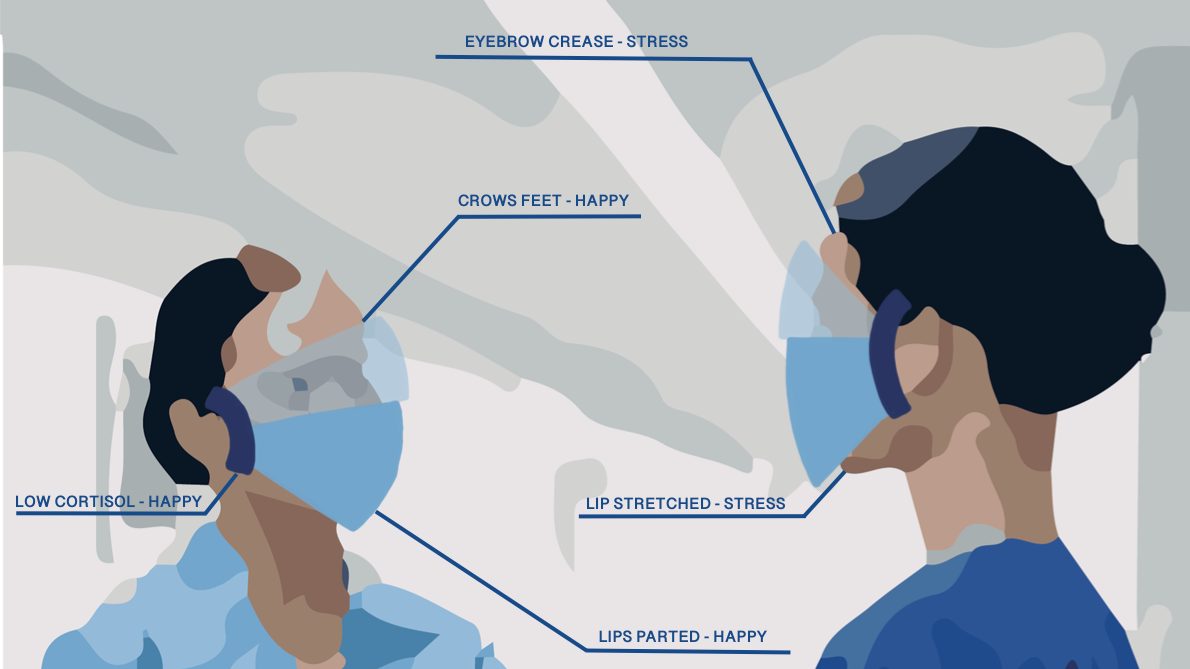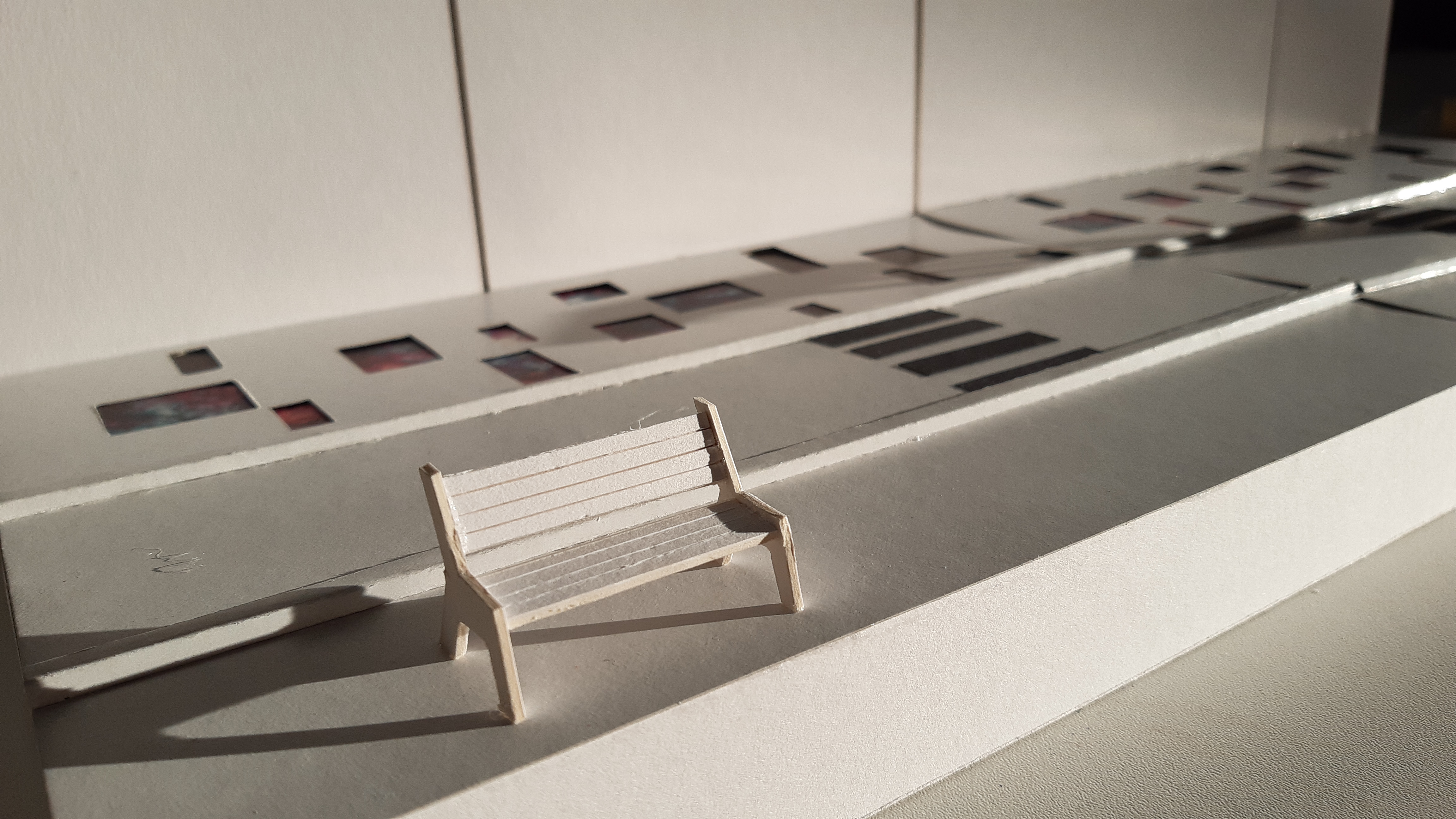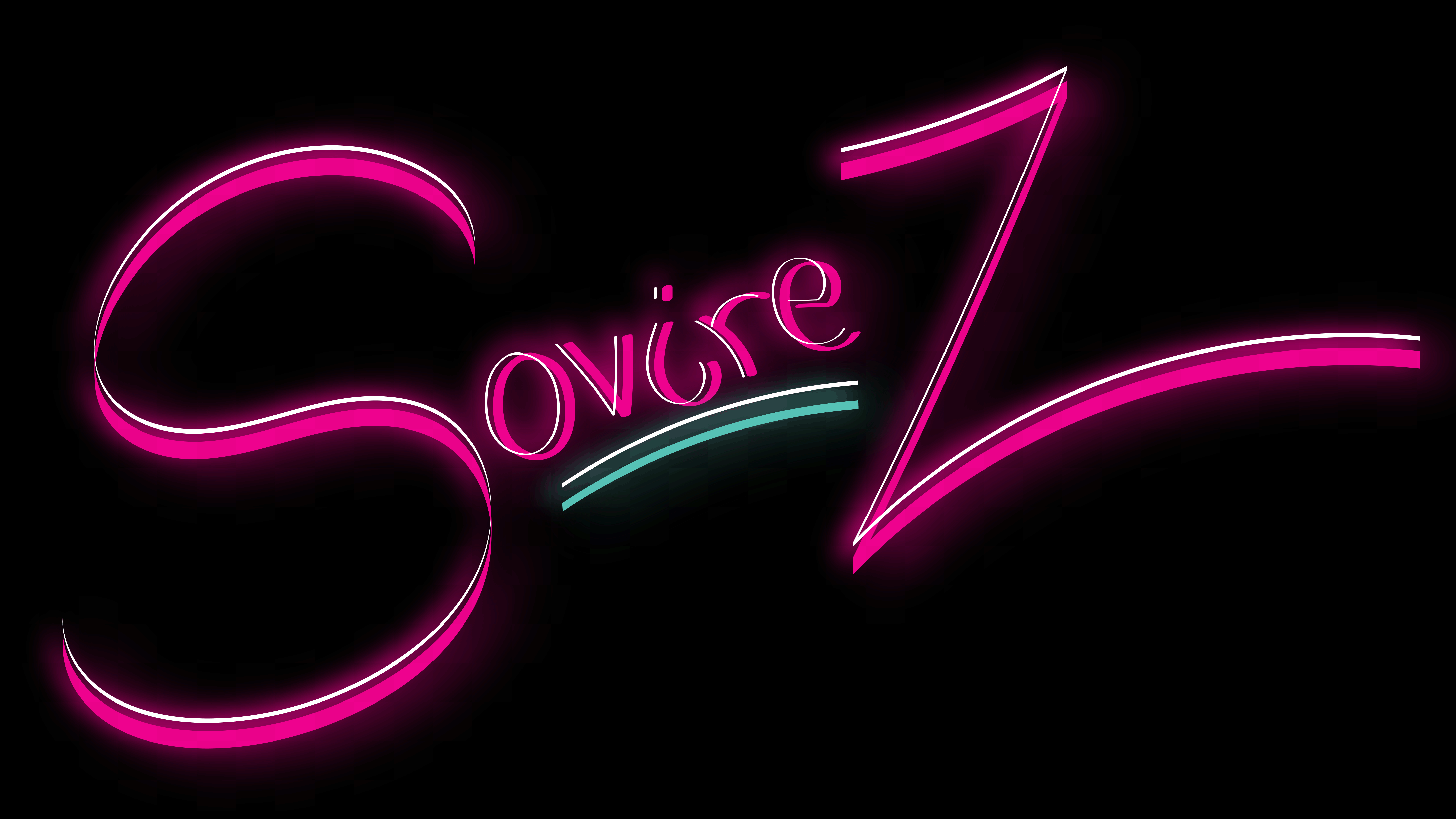Future Experiences: The Future of Cancer & Collective Intelligence in the Post-Covid World
The Brief: Exploring health and care futures in the post Covid world, this project will investigate what the future of cancer will look like10 years in the future. With a speculative and analytical approach it will discover future working and future living. Working closely with Cancer experts across the world, the designers will work in groups of four for the research phase of this project then expand out into individual work to producing a product, service or experience outcome.

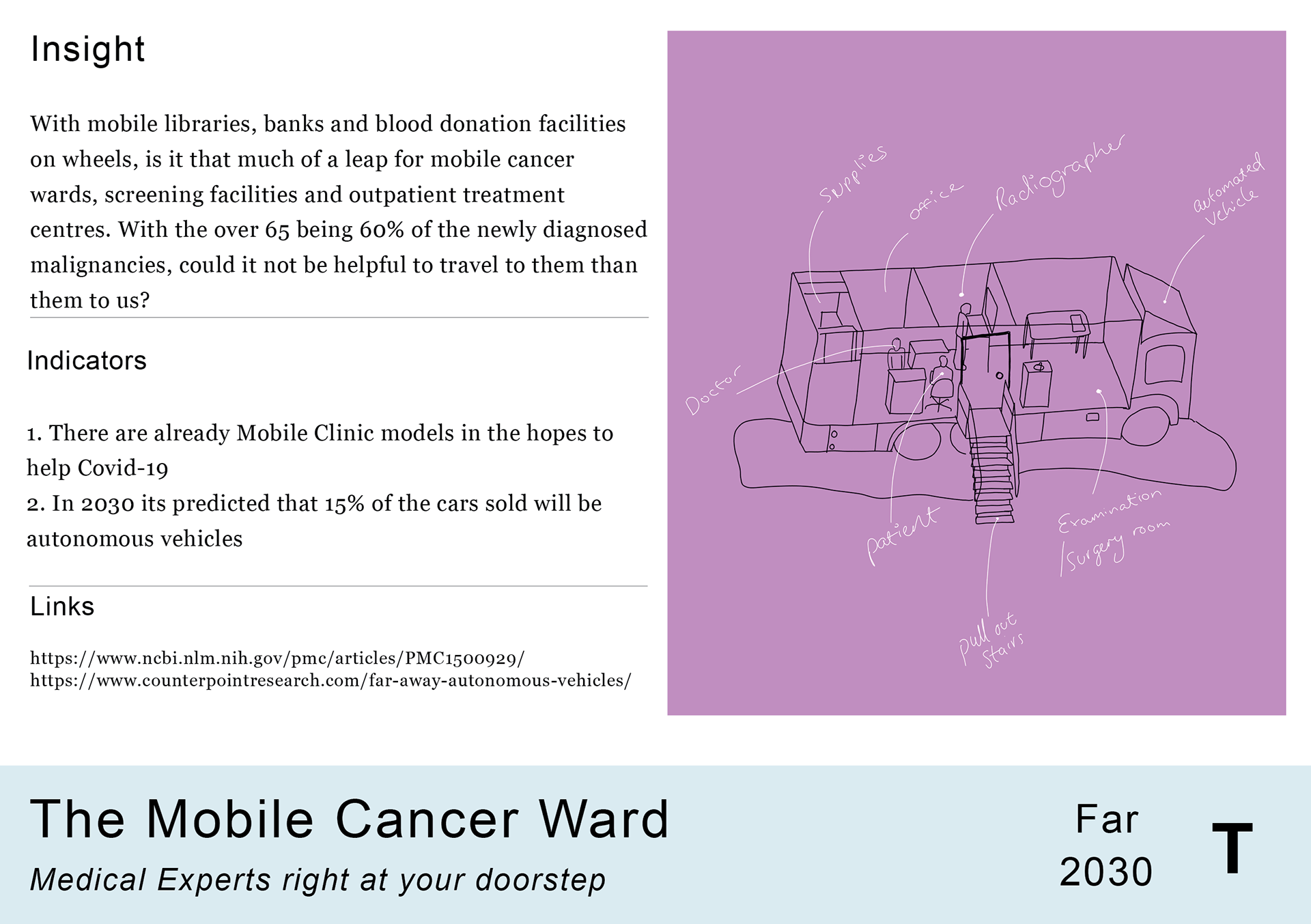

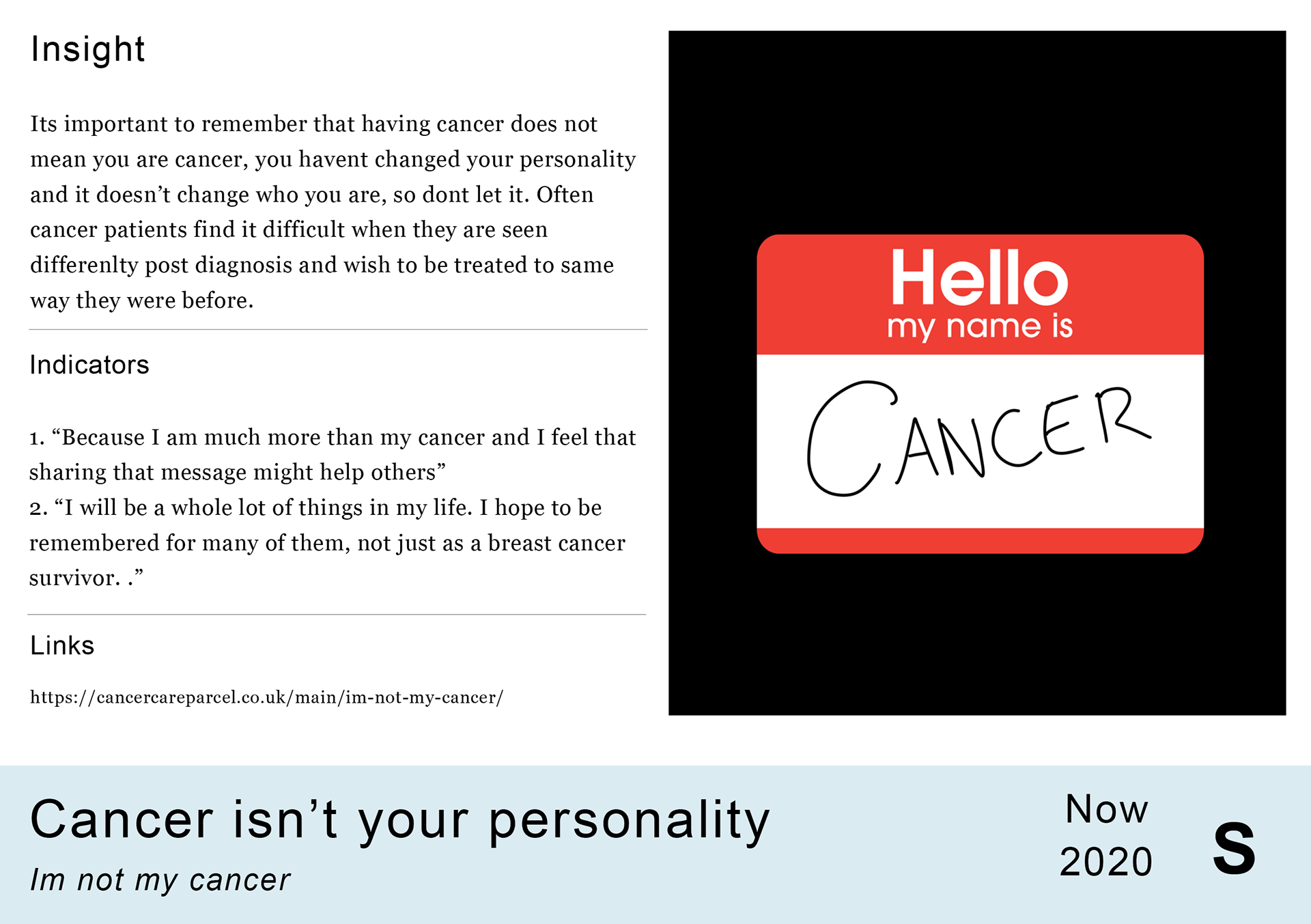
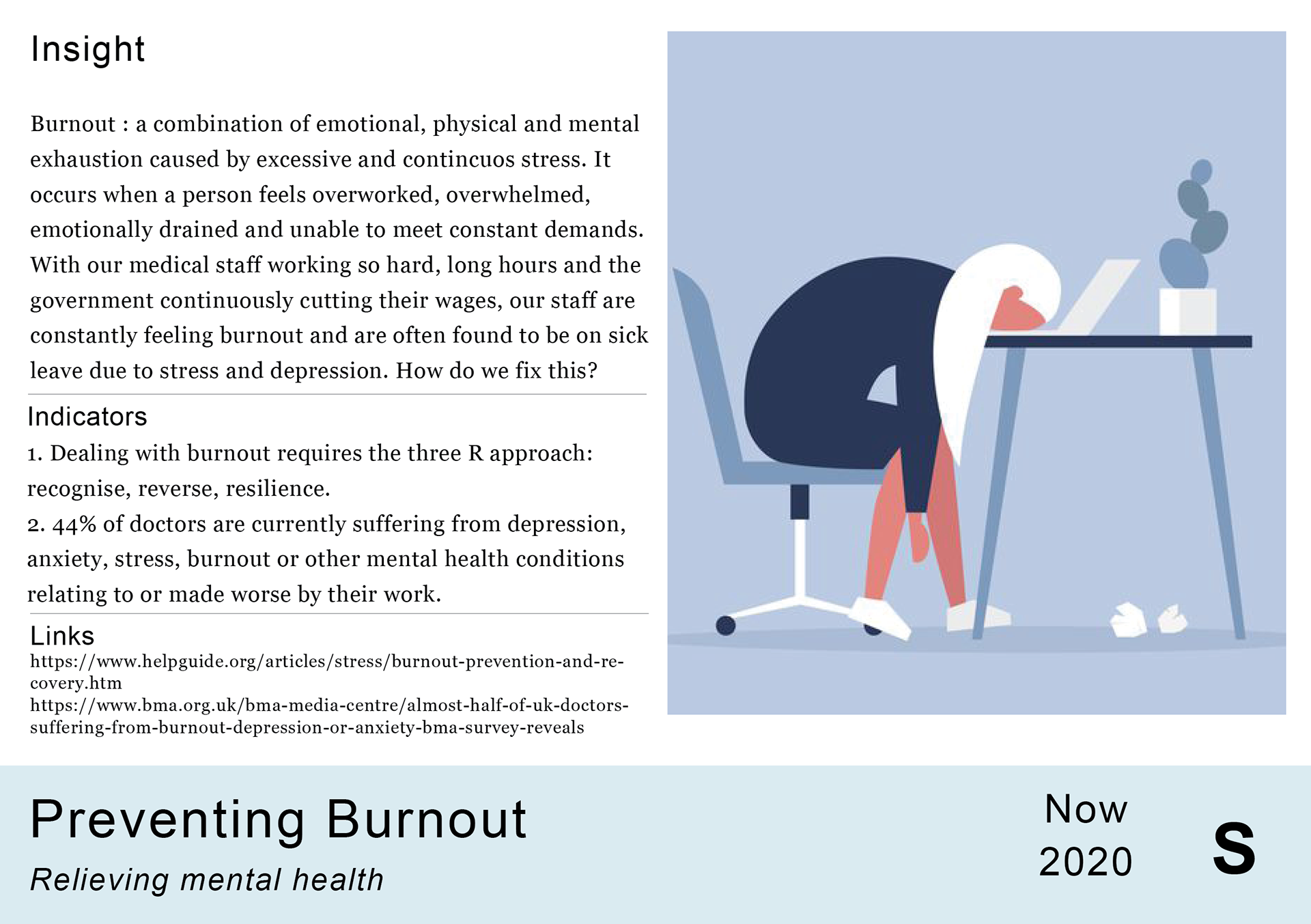
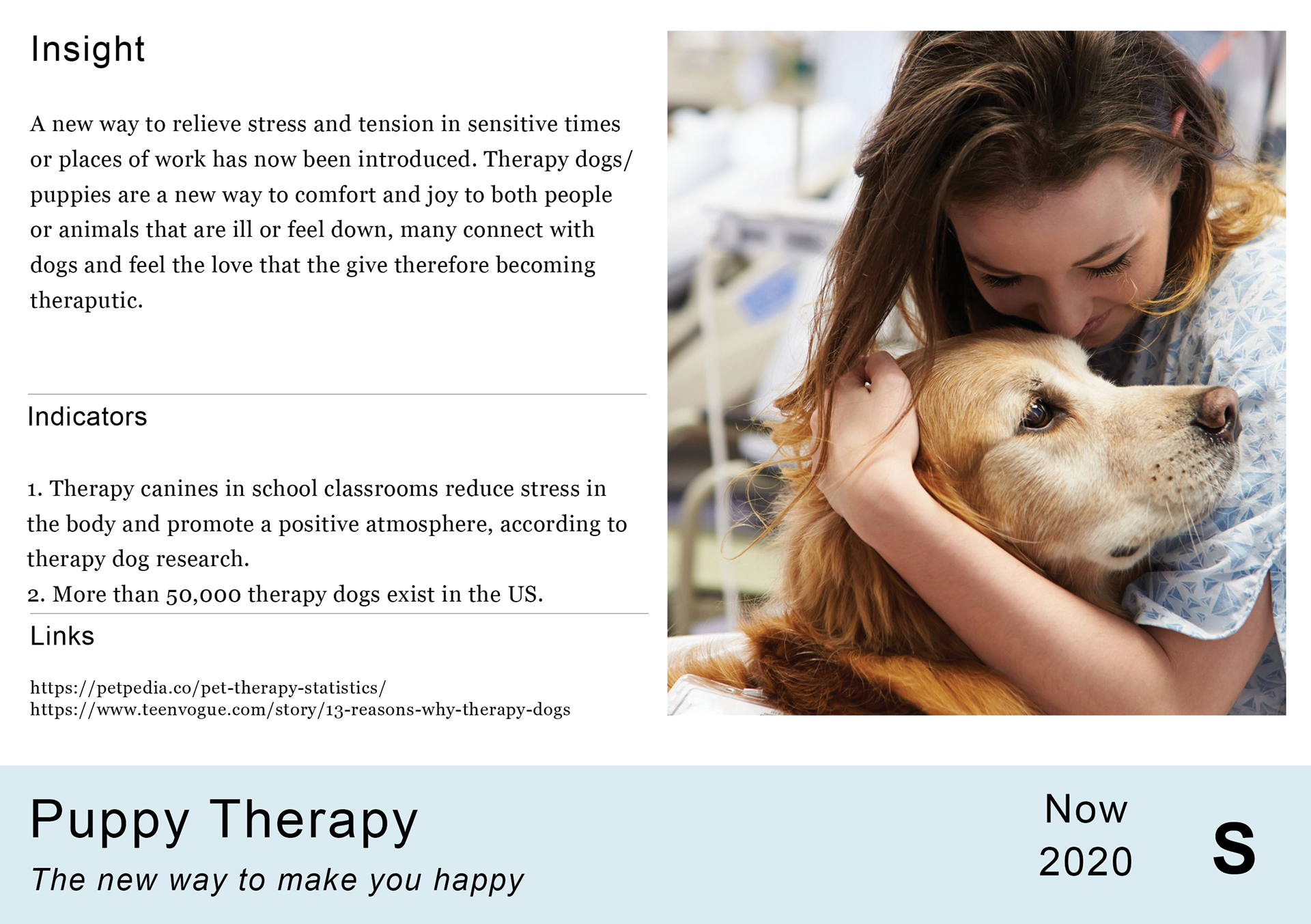
Research: To summarise our research we created steeeple cards representing various topics we covered. They then were separated into the categories according to their theme: Social, Technology, Environemental, Econonmic, Educational, Political, Legale and Ethical (S.T.E.E.E.P.L.E) Once completed we put them all together on a mural board mapping them out as we matching similarities in themes and important issues that we felt needed to be addressed in our project.

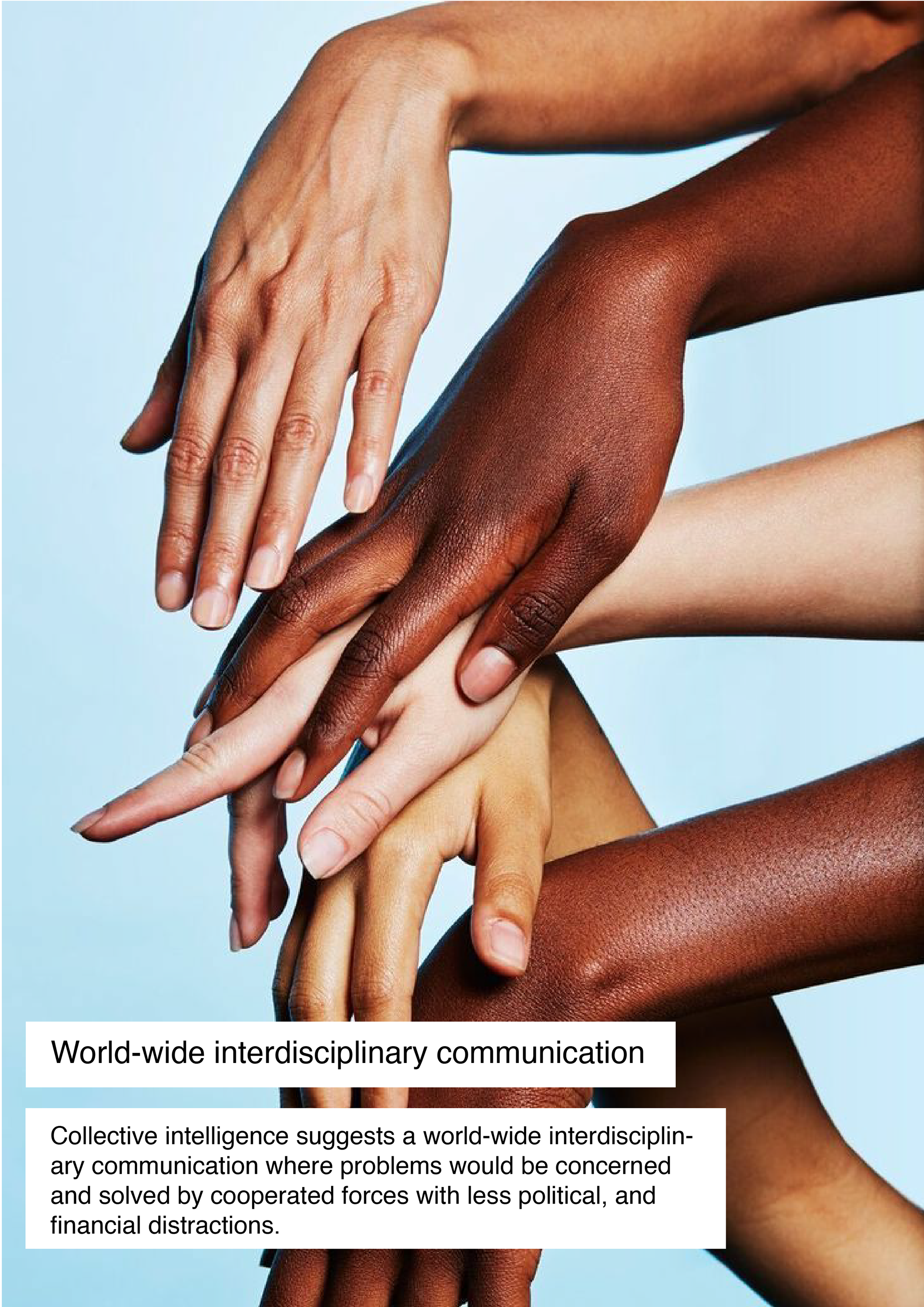
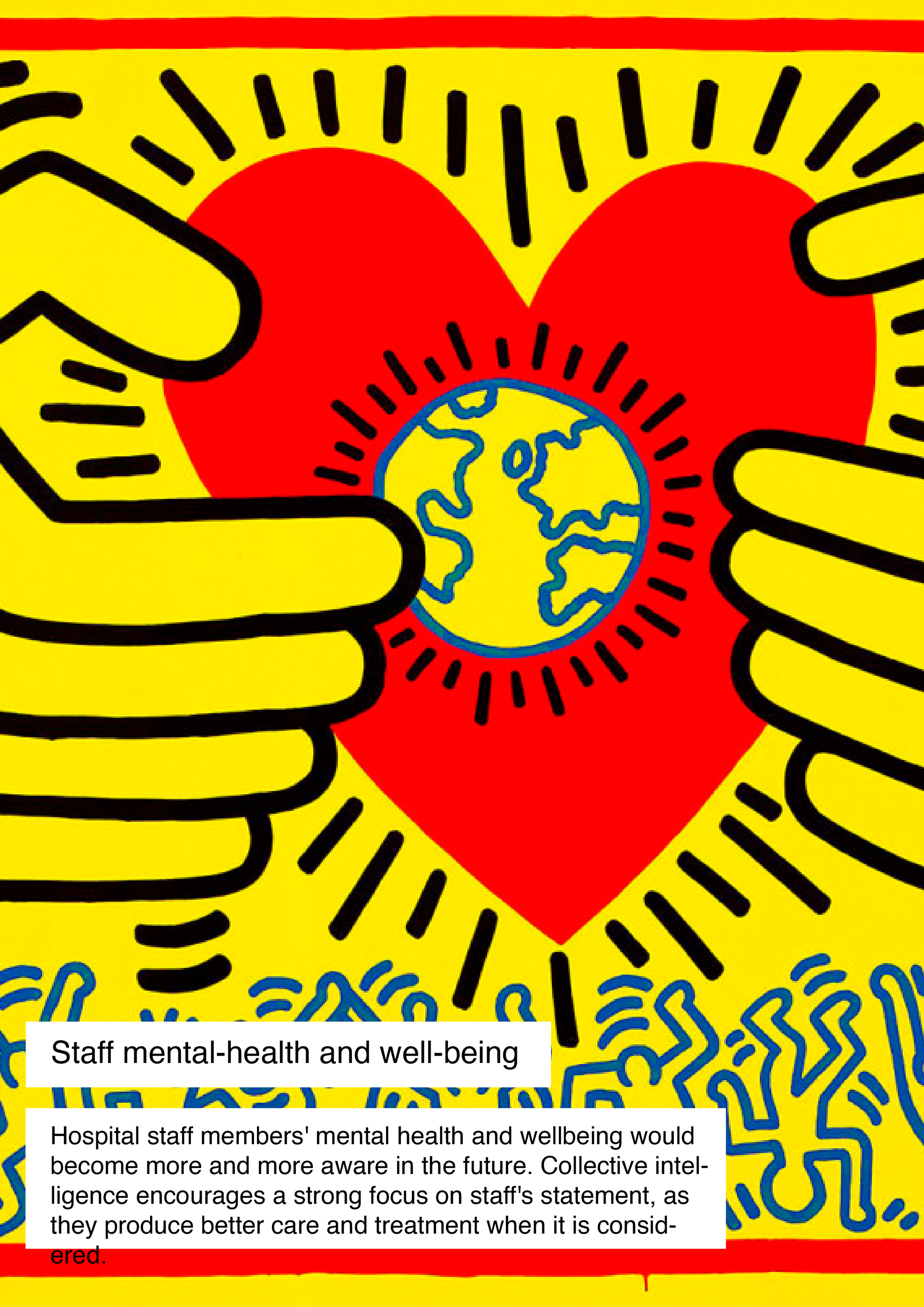


Manifestations:
Our manifestations were our conclusions to the Studio andthen workshop sumarised into 5 building blocks that would use to shape our future world and explore its potential within the medical field.
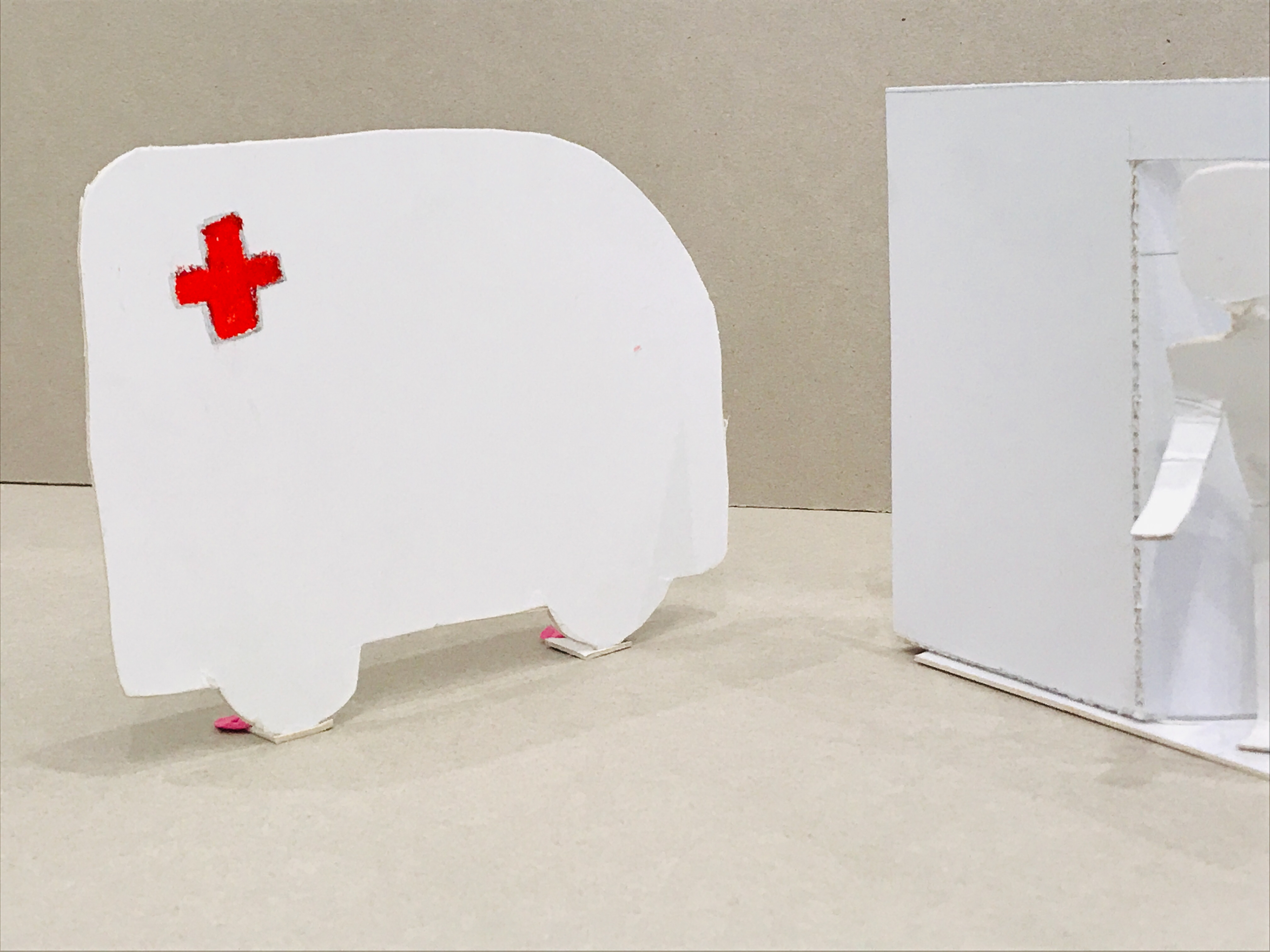



Prop proposals: objects we predict will be core aspects of 2030 care and treatment
Key Research
Scenario of proposed props within our future world
In preparation for the andthen workshop we were asked to create potential applications for collective intelligence within our care and treatment domain these were as follows:
Collective Intelligence allows lived cancer experiences to connect with current cancer cases through real-time data collecting to enhance patient and staff
knowledge
Collective Intelligence allows cancer workers to improve communication globally and/or locally thus opening up future career collaborations across disciplines
Collective Intelligence can allow the patient to have more control and freedom in their treatment by connecting with various forms of support
Double Diamond: design practice
The Patient Network:
Presenting the stakeholders as a network with a patient in the centre and the responsibilities that overlapped into each stake holders role. For example the patient is given a diagnosis from the GP, who prescribes a medication and the pharmacist distributes the prescription to the patient therefore the GP and Pharmacist is connected by “Prescribtion” duties.
Metaphor Sketches:
We now understood our future of Care and Treatment would be built on the foundations of communication between the stakeholders involved. But we needed a way to represent this metaphor
Mood Board:
Our mood board also needed altered from the harsh contrasting utopian and dystopian images. We explored the senses in this new mood board, highlighting comforting feeling and relaxing visuals whilst portraying a technology driven world underneath.
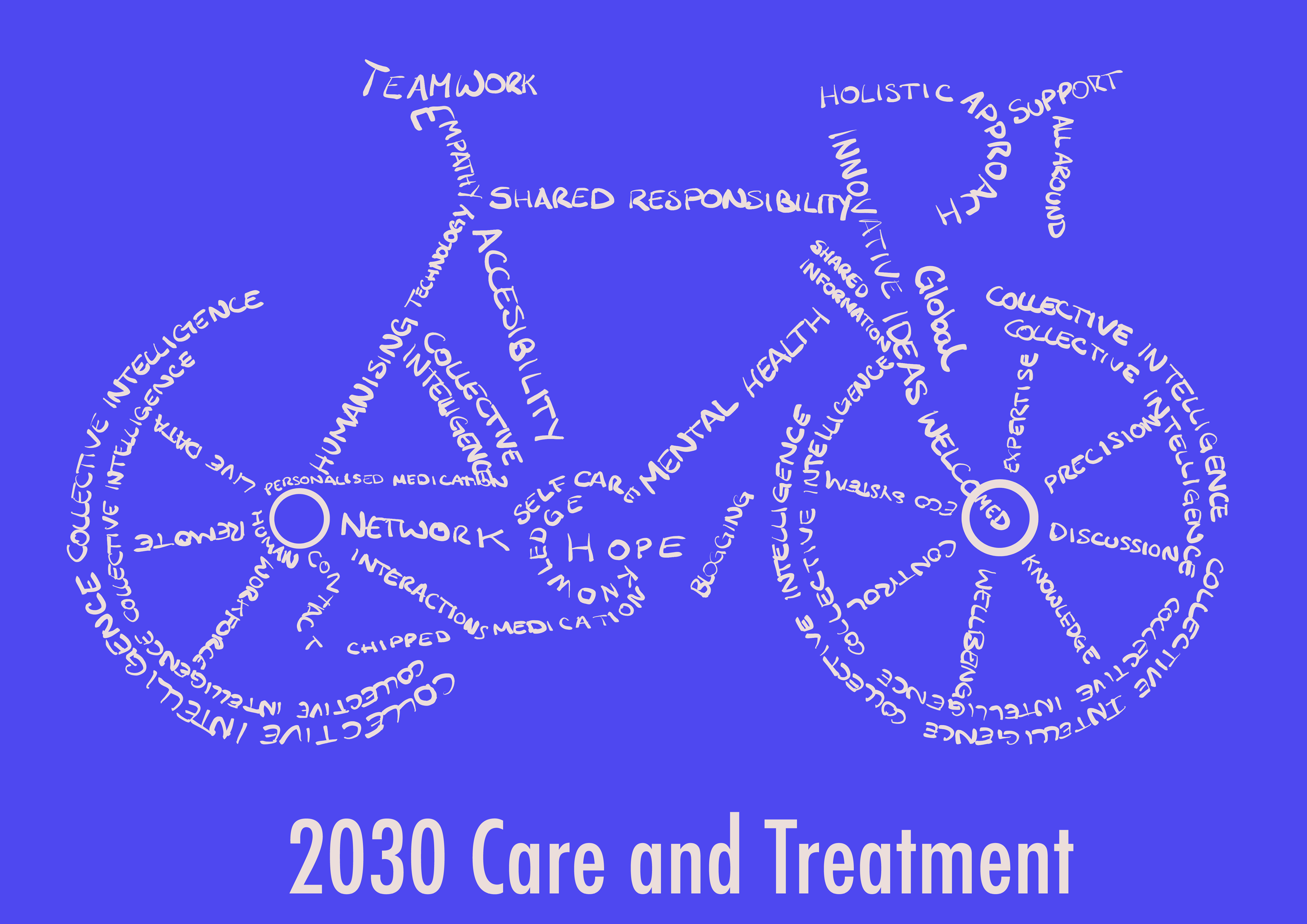
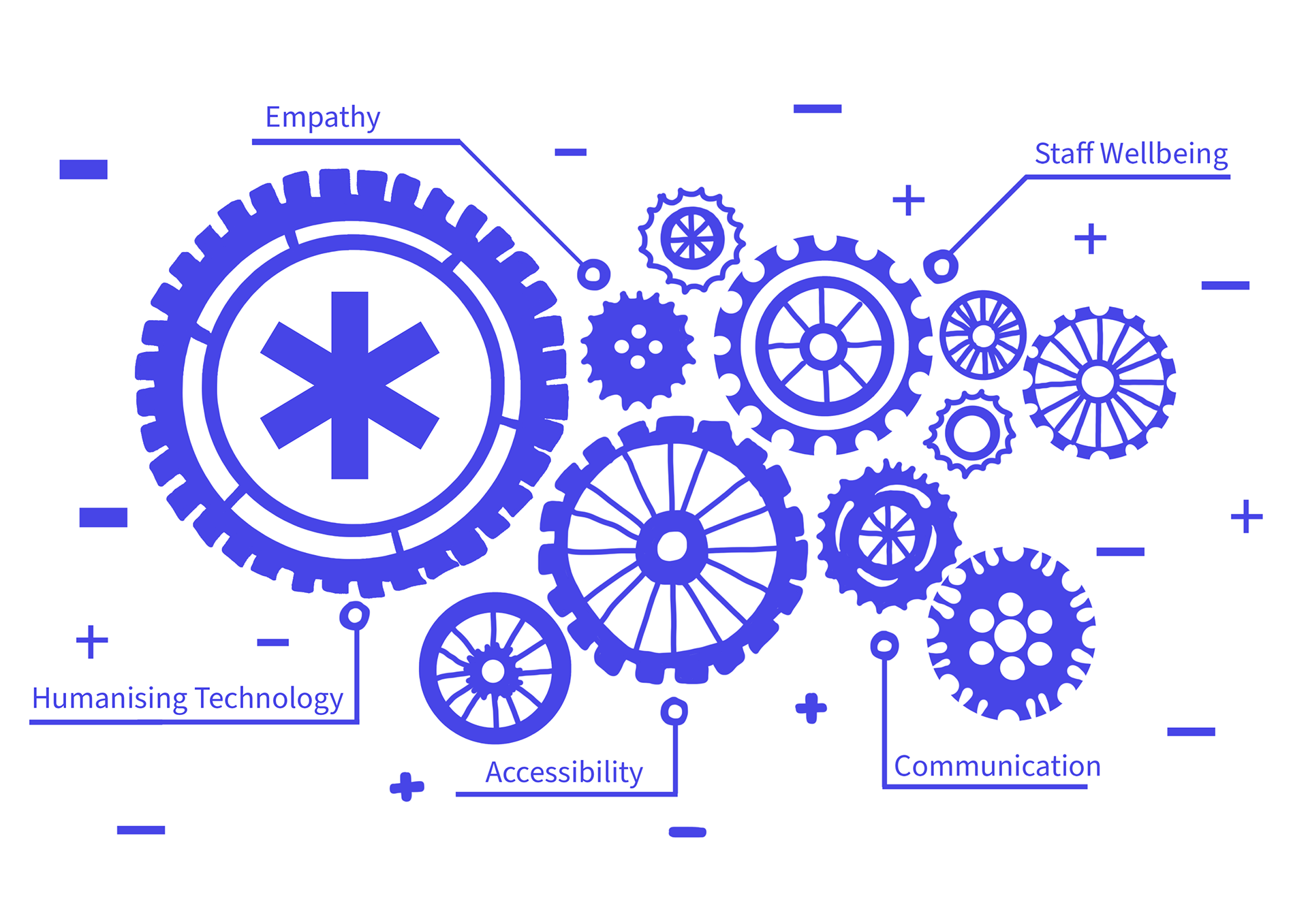

Values: a series of illustrations demonstrating the key values of 2030's care and treatment
Our future world of cancer care and treatment is one of transparency and empathy, technology will become more humanised due to collective knowledge and communication across medical disciplines. Staff will have the shared responsibility of supporting each other for their own mental health in order to protect the patient. Individuals working within departments will be connected both locally and globally, sharing knowledge and expertise for the benefit of the patients.
In light of COVID-19, treatment at home will be supported by remote tracking of patient data and humanised technology, allowing the patient to have more control over their treatment. The future of care and treatment is built upon the foundations of a patient network, all stakeholders involved with the patient from diagnosis to beyond cancer will share responsibility for them with a recognition that no matter how small of role, every cancer worker must all take part otherwise the eco-system fails. This system will allow for new conversations not previously being had and stronger staff communications along the patient journey. This holistic care approach is represented as a metaphor of the patient riding a bike that is powered by staff communication
James Lu Arwen Borris Sian MacKay Ibrahim Afzal
